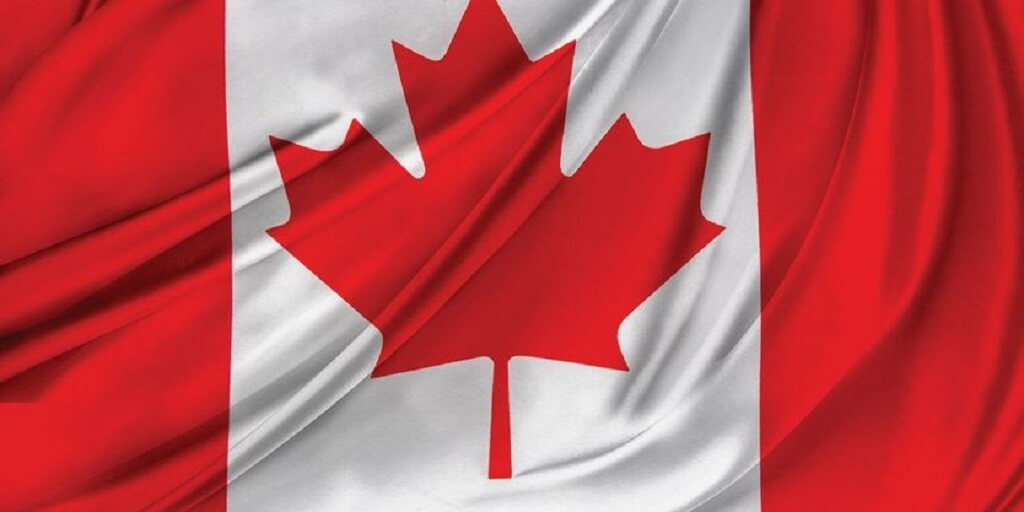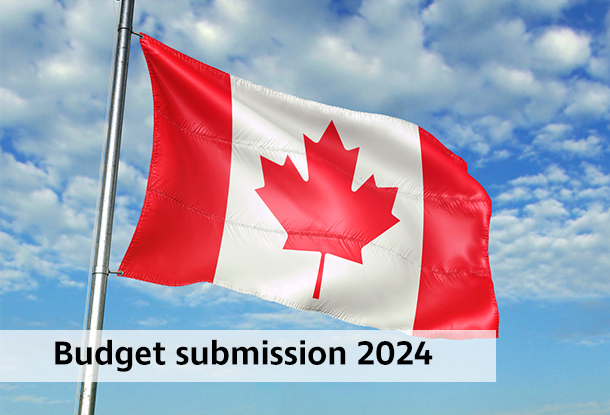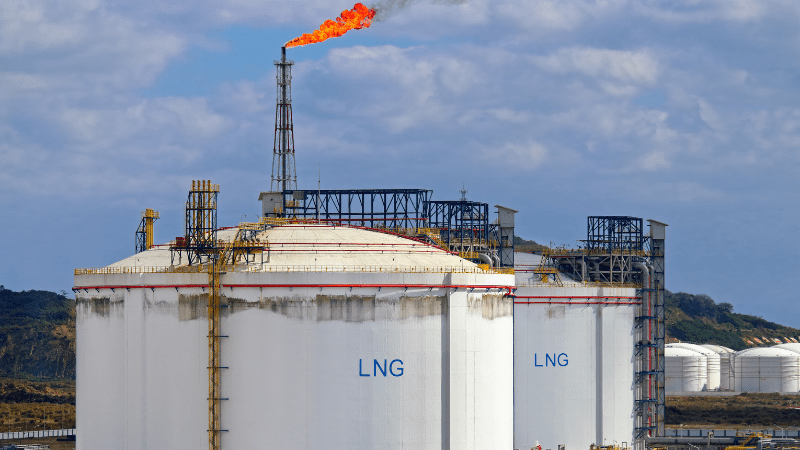Happy Canada Day Everybody! (But do we really know what it represents?)
Jun 27, 2018 | Featured, Editorials
Marco Levytsky, NP-UN National Affairs Editor.
As we approach our national holiday for its 151st year, it would be worthwhile to reflect upon what Canada Day actually represents because very few Canadians are really aware of what this is. A most common misconception is that it is some kind of Independence Day, much like the American July 4th holiday. Many prominent journalists have even made that mistake. Another common misconception is that it is Canada’s “birthday”. Also, not true. Canada as the official name of a distinct political entity dates back to 1791 when the British colony of Quebec was divided into the francophone Lower Canada and the anglophone Upper Canada. The British colony of Quebec was established in 1763 when the French colony of New France was ceded to the British under the Treaty of Paris.
July 1 was, however, the birthday of the Dominion of Canada, created under the British North America (BNA) Act, passed by the British Parliament on that particular day in 1867. Dominion status represented the highest level of autonomy within the British Empire and applied only to few choice colonies. But, regardless of the new status, Canada remained a colony that was subject to the United Kingdom. The BNA Act also cemented the Confederation, or union of the British Province of Canada (now divided into the two Canadian provinces of Quebec and Ontario) with two other British colonies – Nova Scotia and New Brunswick. Two years later the territory of the Hudson’s Bay Company, known as Rupert’s land, was ceded to Canada. Out of this, three new provinces were created – Manitoba in 1870 and Alberta and Saskatchewan in 1905. The addition of Rupert’s Land also provided a territorial link with the far-flung western colony of British Columbia, which joined in 1871. Two years later the colony of Prince Edward Island joined. The last British colony to join the Confederation was Newfoundland in 1949.
Canada Day was known as Dominion Day until 1982 when Canada instituted the final act towards full independence and sovereignty which was the patriation of our Constitution. Up to that point our Constitution remained the BNA Act and remained under the control of the British Parliament.
Although Canada enjoyed a wide degree of self-government under British rule, it was not until 1931 that we obtained full legislative independence and control over our own foreign policy with the Statute of Westminster, passed by the British Parliament on December 11 of that year. This applied not only to Canada, but to five other then-Dominions as well – Newfoundland, Australia, New Zealand, the Union of South Africa and the Irish Free State.
A very critical aspect of the Statute of Westminster was control over foreign policy. Canada could now decide on its own when and where it wanted to go to war. Previously the minute the United Kingdom declared war, the rest of the Empire was automatically included. Because of this Canada suffered enormous casualties during World War I, due, in large part, to the incompetence of British generals. But Canada’s losses paled beside those of Newfoundland in proportionate terms. On July 1, 1916, nearly the entire 1st Newfoundland Regiment was wiped out at Beaumont-Hamel on the first day on the Battle of the Somme.
Canada’s automatic entry into World War I was also to have a profound effect on the pioneer Ukrainian settlements. On July 27, 1914, Bishop Nikita Budka who had assumed his duties as primate for Ukrainian Catholics in Canada just a year-and-a-half earlier, issued a pastoral letter in which he urged Ukrainians in Canada to return to their Austro-Hungarian homeland to enlist and fight. He retracted this right after Britain brought Canada into the war on August 4, but the damage was done, and this was one of the factors that led to the internment of Ukrainian Canadians during World War I. Prejudice and bigotry also played a major role. Ironically, this was one of the few instances at that time when Ottawa decided to buck the British, who urged Canada not to act indiscriminately against subject nationalities of the Austro-Hungarian Empire who were in fact friendly to the British Empire.
In 1939, in order to underscore this newly-obtained independence, Canada waited a full week after Britain had done so, to declare war on Nazi Germany. And this took place only after a debate and vote in both chambers of our own Parliament.
But the trappings of colonialism still existed. It wasn’t until January 1, 1947 that Canadian citizenship came into effect. Until that date, we were all considered British Subjects. We did not get our own flag until February 15, 1965. (As that was also my 13th birthday, I had the honour of being the first student to raise it in front of my school.). It wasn’t until 1980 that Canada got an official National Anthem (O Canada), as opposed to the Royal Anthem (God Save the Queen) which still remains as such. And, as mentioned earlier, it was not until 1982 that we eliminated the last vestige of colonialism and gained full sovereignty with the patriation of our Constitution.
So, as we set out to raise a toast to our country and revel in the fireworks displays on Canada Day. Let us take the time to reflect upon our past. Canada – love it, explore it, but also take the time to learn about it.
Share on Social Media


































